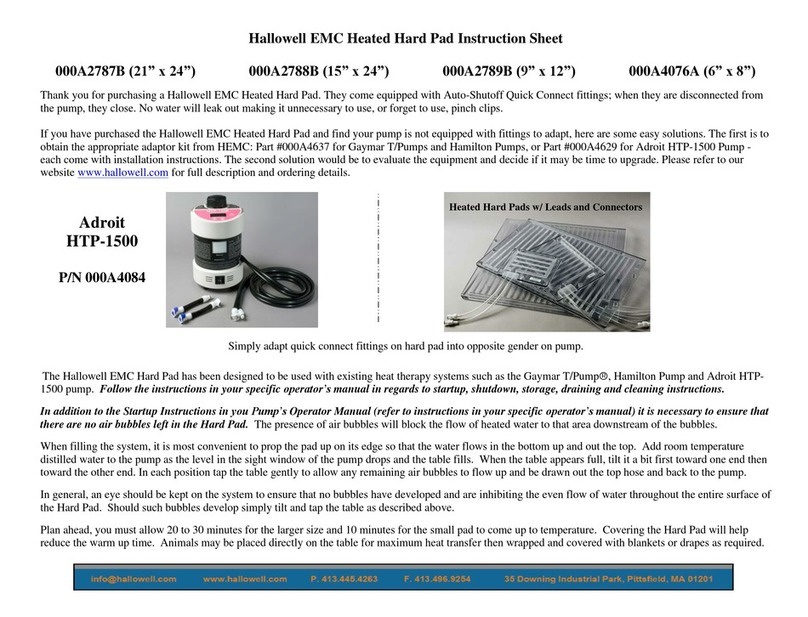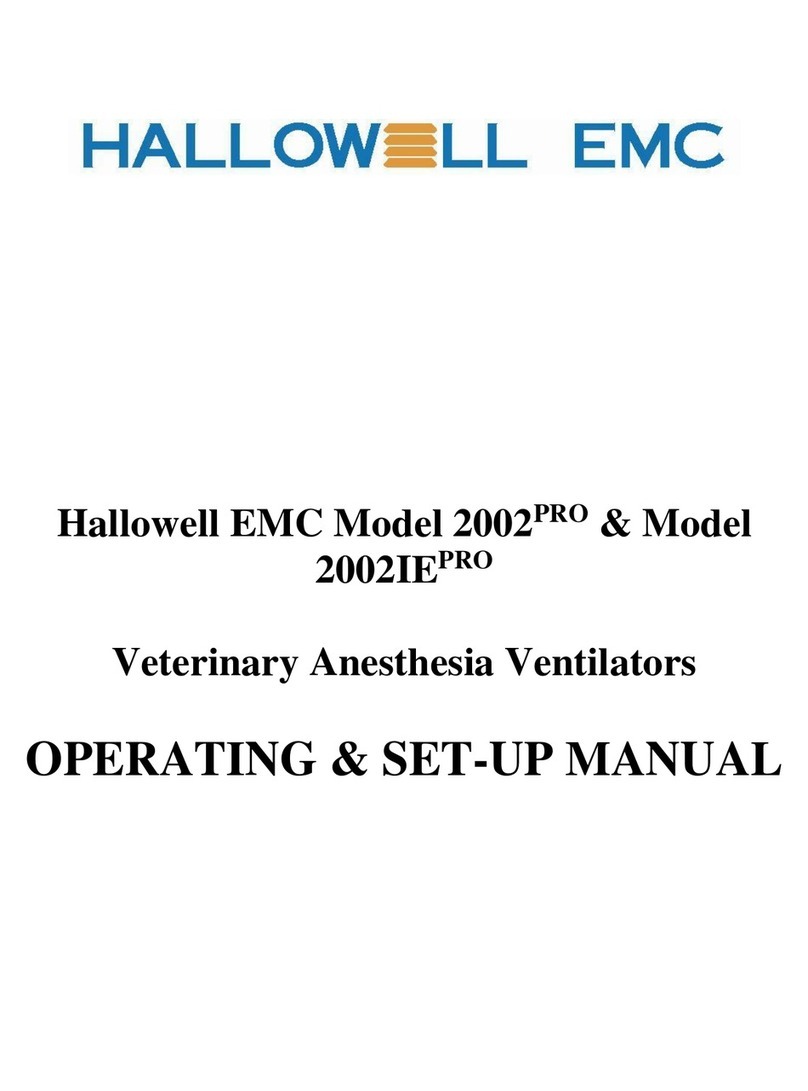
Tafonius Junior – A User Guide
Table of Contents
An Overview ..........................................................................................................................5
Junior sans gas..................................................................................................................5
Junior with gas...................................................................................................................7
urning Junior On...............................................................................................................8
Controller Start Up Sequence............................................................................................8
Pressure sensor setup...................................................................................................9
Initialising the Piston.......................................................................................................9
Leak esting...................................................................................................................9
he Control Screen..........................................................................................................10
1) Status and message information..............................................................................10
2) Piston Graphic and Settings Information..................................................................10
BV............................................................................................................................10
MWPL...................................................................................................................... 10
ASS ........................................................................................................................11
CPAP / PEEP............................................................................................................11
3) Resultant Ventilation values......................................................................................11
4) Patient Ventilator settings & Measured values..........................................................11
Ventilator Controls............................................................................................................12
Setting Values using the control knobs – Change & Commit........................................12
Control setting validation..............................................................................................12
HE CON ROL KNOBS..........................................................................................12
LIMI S IMPOSED ON SE INGS...........................................................................12
O HER CON ROLS................................................................................................12
Assist: .................................................................................................................. 12
CPAP/PEEP .......................................................................................................13
Dump Valve Button...............................................................................................13
Buffer Volume Setting...........................................................................................14
Controls on the Anesthesia Machine Side....................................................................14
Oxygen Flowmeter...................................................................................................14
Air Flowmeter...........................................................................................................14
N2O Flowmeter........................................................................................................14
Oxygen Flush Button................................................................................................14
Scavenging Flowmeter.............................................................................................14
Pressure Gauges.....................................................................................................15
Junior and Spontaneous Breathing..................................................................................15
hinking of the Piston as a “Virtual bag........................................................................15
Dictating the size of the “Virtual Bag”...........................................................................15
Add-a-Litre feature.......................................................................................................15
Ventilation measurements during Standby Mode.........................................................16
Junior and IPPV...............................................................................................................16
Junior’s Built-in Scavenging Options................................................................................16
he Passive Scavenging System.................................................................................17
he Blower-in-a-Box Active System.............................................................................17
he Surgical Suction ype Active Scavenging System ................................................17
Warning Messages – Alerts and Alarms...........................................................................18
Alerts............................................................................................................................18
BA ERY1 LOW VOL AGE and/or ....................................................................18
BA ERY2 LOW VOL AGE ...............................................................................18
MAX PRESSURE EXCEEDED LIMI ......................................................................18
LOW SYS EM RESERVE VOLUME........................................................................18
CYLINDER EMP Y/OU OF RESERVE..................................................................18
Printed: 26/Oct/18 Page 3 of 20 DOCA4962B
OC






























